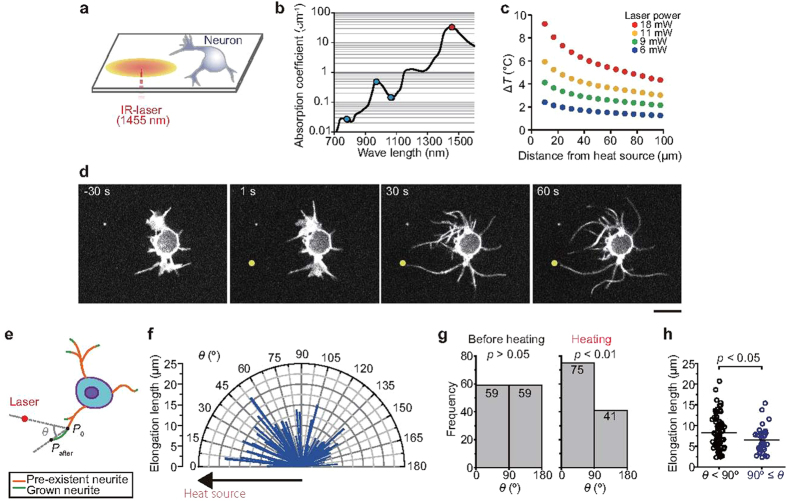Figure 1. Triggering of neurite outgrowth with an optical microheater.
(a) Schematic illustration of the experimental system. The focused infrared (IR) laser beam created a concentric temperature distribution. (b) Relationship between the absorption coefficient of water and the wavelength of laser light used in this study (1,455 nm, red) and in other studies of optical guidance2,3,4,5,6,7,8,9,10 (780–1,070 nm, blue). The absorption data were obtained from ref. 22. (c) Sample temperature distributions created by various laser powers. The heat source indicates the position where the IR laser beam was focused. Temperature changes were measured with a fluorescent thermosensor sheet (see Methods for details). The T0 was 36 °C. (d) Microheating-induced neurite outgrowth. Confocal fluorescence images of a cell treated with the membrane stain CellMask depict neurite growth toward the heat source (yellow circle). The laser power was 12 mW, the T0 was 36 °C, and heating was initiated at 0 s. Scale bar, 10 μm. See Supplementary Movie S1. (e) Growth angle (θ) was defined relative to the heat source (the position at 0° is the direction to the heat source). See Methods for detail. (f) Polar plots of elongation lengths during heating; n = 116 neurites. (g) Histogram of the number of neurites that elongated in each direction before heating (left) and during heating (right). The p values were determined by Chi-square test. (h) The length of neurite elongation in each direction. The lengths were compared using t-tests (p = 0.012). Bars indicate average values. The laser power and T0 in (f–h) were 11 mW and 36 °C, respectively.

